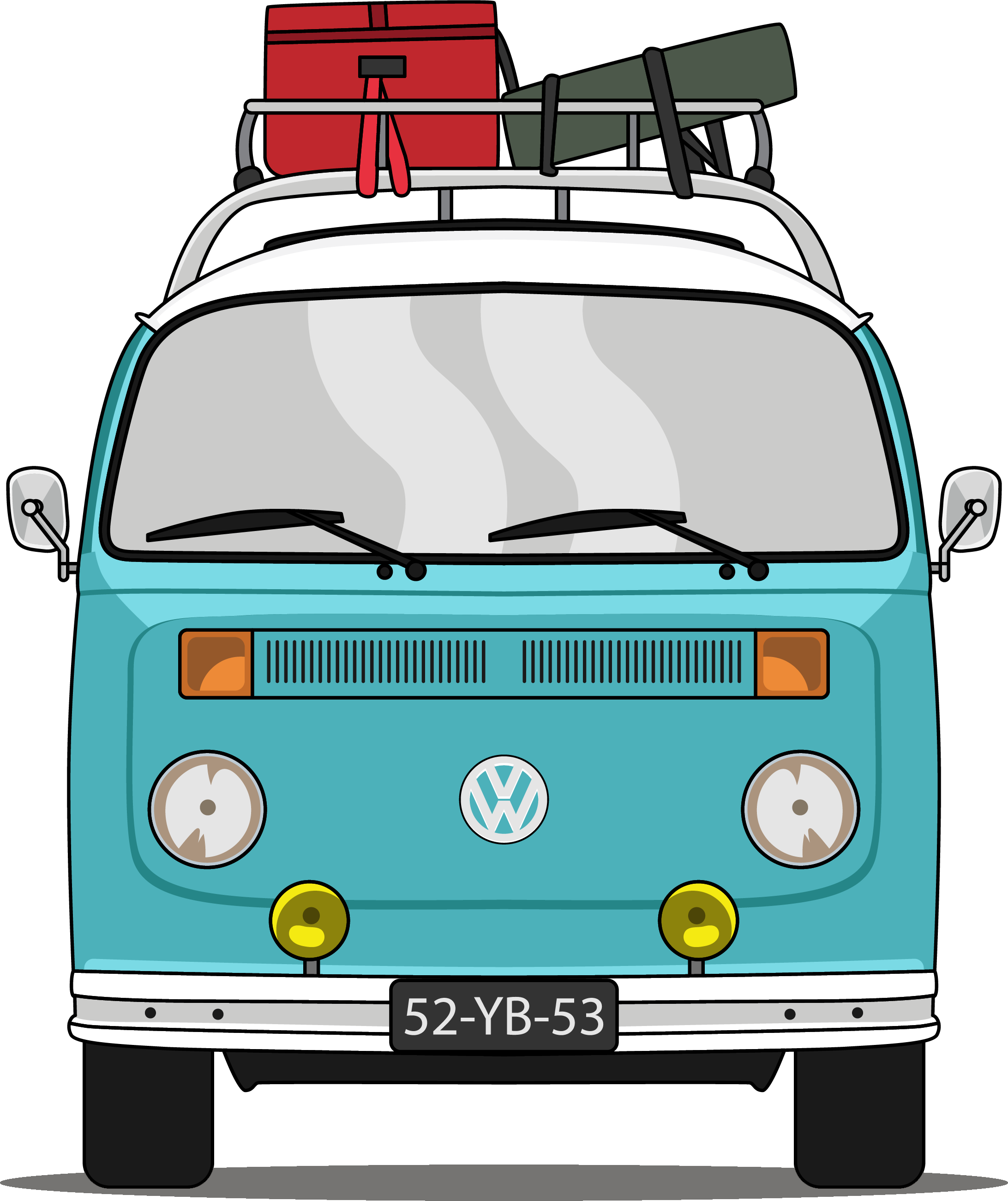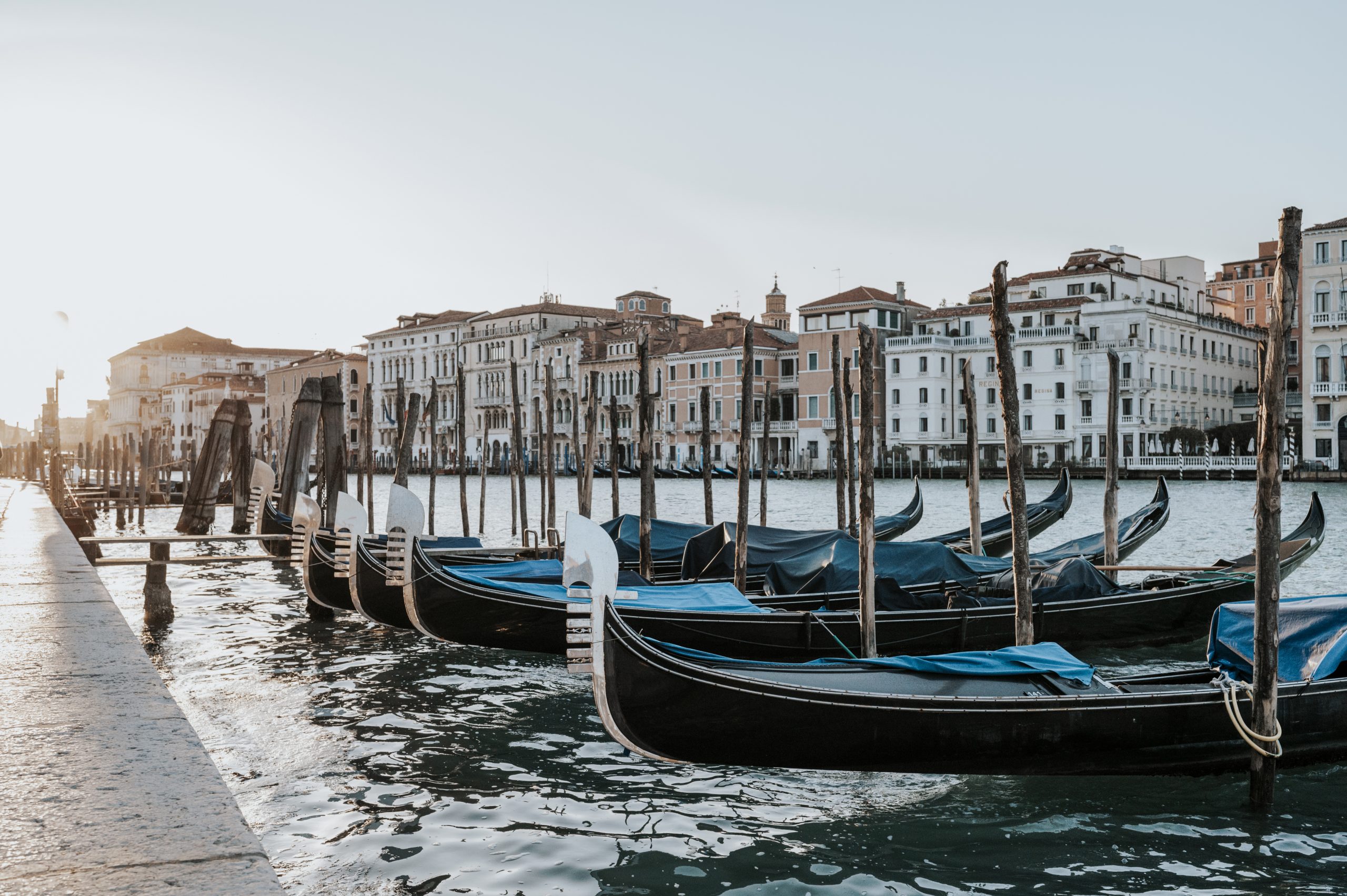A long time ago, I’m not really sure when, I stumbled upon the story of the Silk Road. Not Marco Polo but Herodotos made me read the first travelogue about this ancient trade route. Of course, I knew about the route. Even though I didn’t pay attention during history classes in school (hate myself for that) soon after I graduated started getting interested in routes like this.
Trading & Travelling
The Silk Road has something in particular that I love, it’s the travelling through different places. And because of that experiencing all types of food, unknown habits, beautiful languages. When the Silk Road was truly a trade route one didn’t travel through countries but through lands, often not owned by a government but by a tribe. There were bandits along the road, now there are groups we often call terrorists, but they are just bandits developed in time. The road was and still is dangerous but also adventurous and a revelation.
Products from East to West and vice versa were done. The trade route brought us silk, spices and gun powder, and also religion, languages and diseases. Not much has changed right?
From West to East the goods included:
- Horses
- Saddles and Riding Tack
- The grapevine and grapes
- Dogs and other animals both exotic and domestic
- Animal furs and skins
- Honey
- Fruits
- Glassware
- Woolen blankets, rugs, carpets
- Textiles (such as curtains)
- Gold and Silver
- Camels
- Slaves
- Weapons and armor
From East to West the goods included:
- Silk
- Tea
- Dyes
- Precious Stones
- China (plates, bowls, cups, vases)
- Porcelain
- Spices (such as cinnamon and ginger)
- Bronze and gold artifacts
- Medicine
- Perfumes
- Ivory
- Rice
- Paper
- Gunpowder
The black death
We are now one year in a pandemic. One year in which millions of people got ill, many died, many more survived but we all were hit by the virus. You do not have to get sick to be hit. Restaurants, pubs and shops closed. People lost their jobs, their freedom and their friends.
Well, that’s not new. Along the silk road came many deseases, one of which we know as ‘the black death’. Venice, being the end of the silk road – or the beginning, got hit three times by the Black Death. The last time, in 1629, more than 50,000 people died. That’s one third of the city’s population! One third!
The ancient trade route
But, let’s focus on the good stuff. Of which one is definitely the silk that came to Venice. Besides silk there were lots of products being traded along the Silk Road, but still the road is not called ‘The Tea Road’ or ‘The Road of Spices’, not even ‘The Ivory Road’.
Silk in particular was very valuable and one of the most beautiful products that was traded along the route. Still, spices such as pepper (in that time called ‘The Black Gold’) were also quite expensive. It is said that the uncle of Marco Polo left him spices in his will.
Back to silk. It was called the Silk Road simply because one of the major products traded was silk cloth from China, nothing more and nothing less.
Let’s explain silk
💥 What is Silk?
Silk is a natural fiber produced by insects as a material for their nests and cocoons. There are several types of insects that produce silk, including silkworms (the most common type of silk) but also beetles, honey bees, bumble bees, hornets, weaver ants, and many more.
⚡️The history of Silk
The earliest example of silk fabric comes from China when it was used in a child’s tomb to wrap the body. China dominated the silk industry for many years, and initially the material was reserved for the Emperor. The Chinese used silk as a form of currency, and cost was measured in lengths of silk.
What is the Silk Road?
It’s the route linking China with the West, that carried goods and ideas between the two great civilizations of Rome and China. Like I wrote before, silk went westward, and wools, gold, and silver went east. China also received Nestorian Christianity and Buddhism (from India) via the Silk Road.
Venice and Silk
Situated in the heart of a lagoon on the coast of northeast Italy, Venice was a major power in the medieval and early modern world, and a key city in the development of trade routes from the east to Europe. Its strategic position on the shores of the Adriatic Sea, within reach of the Byzantine Empire and traders from the Near East, allowed the city to become a hub of trade in the west, receiving goods from the east by sea and disseminating them into the growing European market.
A trade treaty between Venice and the Mongol Empire was established in 1221, illustrating their ambitions to extend their trading capacities across Central Asia. Both luxury goods and daily necessities were exchanged in the markets of Venice, from salt and grain to porcelain and pearl. Similarly, gems, mineral dyes, peacock feathers, spices, and a profusion of textiles such as silks, cottons and brocades from Egypt, Asia Minor and the Far East all passed through the ports of Venice, and were taken on by Venetian merchants to Europe, where they were becoming highly desirable and valuable items.
Marco Polo
It was from Venice that Marco Polo, himself a Venetian, set off on his famous expedition to the east in 1271, returning in 1295 with stories about eastern cultures, peoples and traditions that were considered unbelievable by contemporary audiences. His journey demonstrated the possibilities of travelling to the east, and did much not only to create a western fascination with the east (especially through his travelogue The Travels of Marco Polo), but also to put Central Asia, India and China on the western medieval map and thus to encourage further trade and communication in this direction.
Silk weavers in Venice
The Venetian Republic became the centre of a maritime empire of unequalled power, extending over the entire length of the shores around the eastern Mediterranean, to the islands of the Ionian Sea and to Crete. By the end of the 13thcentury, it was one of the most prosperous cities in Europe.
During this time there were about 30.000 silk weavers in the city. Now only 1 survived and we arranged a visit to this silk weaver in Venice; Tessiture Bevilacqua. We got to see their workshop and how they make beautiful fine fabrics for high quality fashion. They got requests from the Kremlin, the White House and many more. The production is extremely complex and still carried out by hand on 18 looms of the 18th century. It feels like stepping into history.
So, silk came from China and ended up in Venice where weavers made the most beautiful products from it. Like we always do things differently we made Venice the starting point of our Silk Road Advanture.
💫 Is there something you’d like to know about the Silk Road, our trip or Venice? Leave a comment!
Love, Milene & Yuri










